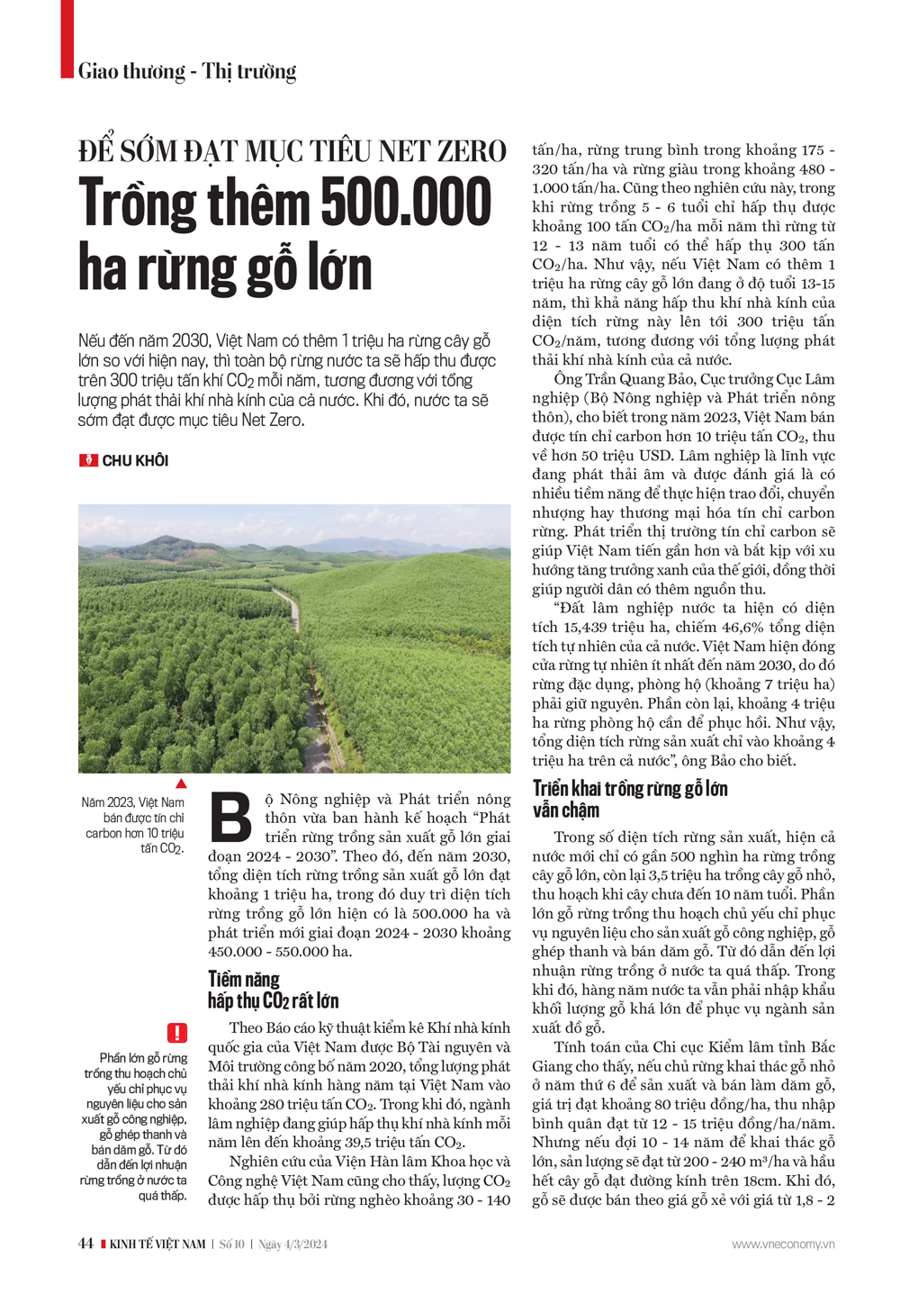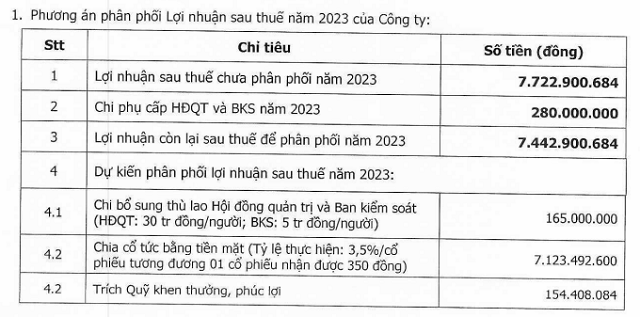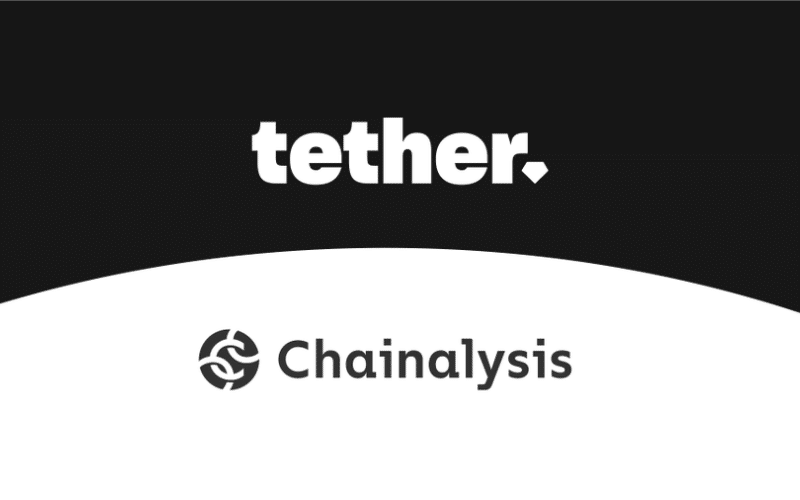The Ministry of Agriculture and Rural Development has recently issued a plan titled “Development of large-scale timber plantations from 2024 to 2030.” According to the plan, by 2030, the total area of large-scale timber plantations is expected to reach approximately 1 million hectares, including the existing 500,000 hectares of plantations and the newly developed 450,000-550,000 hectares from 2024 to 2030.
GREAT CO2 ABSORPTION POTENTIAL
According to the Vietnam National Greenhouse Gas Inventory technical report released by the Ministry of Natural Resources and Environment in 2020, Vietnam emits approximately 280 million tons of CO2 annually. In contrast, the forestry sector helps absorb around 39.5 million tons of CO2 each year.
“Vietnam currently has a total forestry area of 15.439 million hectares, accounting for 46.6% of the country’s total natural area. Vietnam has committed to closing natural forests at least until 2030. Therefore, special-use and protective forests (approximately 7 million hectares) need to be preserved. The remaining 4 million hectares of protective forests need to be restored. Thus, the total area of productive forests in the country is only about 4 million hectares,” said Mr. Tran Quang Bao, Director of the Forest Department (Ministry of Agriculture and Rural Development).
A study by the Vietnam Academy of Science and Technology also showed that the amount of CO2 absorbed by poor-quality forests is about 30-140 tons/hectare, medium-quality forests absorb around 175-320 tons/hectare, and high-quality forests absorb about 480-1,000 tons/hectare. According to the same study, while forests aged 5-6 years can only absorb about 100 tons of CO2/ha per year, forests aged 12-13 years can absorb up to 300 tons of CO2/ha.
Therefore, if Vietnam has an additional 1 million hectares of large timber plantations at the age of 13-15 years, the carbon sequestration potential of these forests would amount to 300 million tons of CO2 per year, equivalent to the country’s total greenhouse gas emissions.
Mr. Tran Quang Bao, Director of the Forest Department (Ministry of Agriculture and Rural Development), said that in 2023, Vietnam sold more than 10 million tons of CO2 carbon credits, earning over 50 million USD. Forestry is a sector that has negative emissions and is considered to have great potential for carbon credit trading. Developing the carbon credit market will bring Vietnam closer to the global green growth trend and provide additional income for the people.
SLOW IMPLEMENTATION OF LARGE-SCALE TIMBER PLANTATIONS
Currently, the total area of large-scale timber plantations in Vietnam is less than 500,000 hectares, while the remaining 3.5 million hectares are small-scale timber plantations that are harvested before the trees reach 10 years of age. The majority of timber plantations are primarily used as raw materials for industrial wood production, lumber, and wood chip exports. As a result, the profit from timber plantations in Vietnam is relatively low. Meanwhile, the country still needs to import a significant amount of wood each year to serve the furniture industry.
Calculations by the Bac Giang Forest Protection Department show that if forest owners harvest small timber for wood chips in the 6th year, the estimated value would be around 80 million VND/ha, with an average income of 12-15 million VND/ha/year. However, if they wait for 10-14 years to harvest large timber, the estimated yield would be between 200-240 m3/ha, with most trees having a diameter of over 18cm. In that case, the wood can be sold at a split wood price of around 1.8-2 million VND/m3, equivalent to approximately 250-300 million VND/ha, with an average profit of 22-25 million VND/ha/year. While small timber plantation owners have to make two investments, with an average cost of around 60 million VND/ha, large timber plantations only require one investment, with a total average cost of about 40 million VND/ha. Therefore, although the cycle of large timber plantation is twice as long, the economic efficiency is 2-3 times higher than that of small timber plantations.
However, the development of large-scale timber plantations in Vietnam is still slow compared to the set targets. Several factors contribute to the hesitation of farmers towards large-scale timber plantations, including the long cycle, the lack of long-term investment capital, and the need for immediate income to sustain their daily lives. It’s worth noting that many agricultural land areas have been allocated to the people but have not been granted land use certificates, which makes people hesitate to make long-term investments.
TOWARDS SELF-SUFFICIENCY IN RAW MATERIALS
The plan for the development of large-scale timber plantations from 2024 to 2030 recently issued by the Ministry of Agriculture and Rural Development aims to develop concentrated large-scale timber plantations to actively supply raw materials for processing and domestic and export consumption, increase income for timber plantation owners, and contribute to environmental protection, climate change adaptation, and disaster reduction.
This article was originally published in Vietnam Economic Magazine No. 10-2024, released on March 04, 2024.
https://postenp.phaha.vn/chi-tiet-toa-soan/tap-chi-kinh-te-viet-nam









































